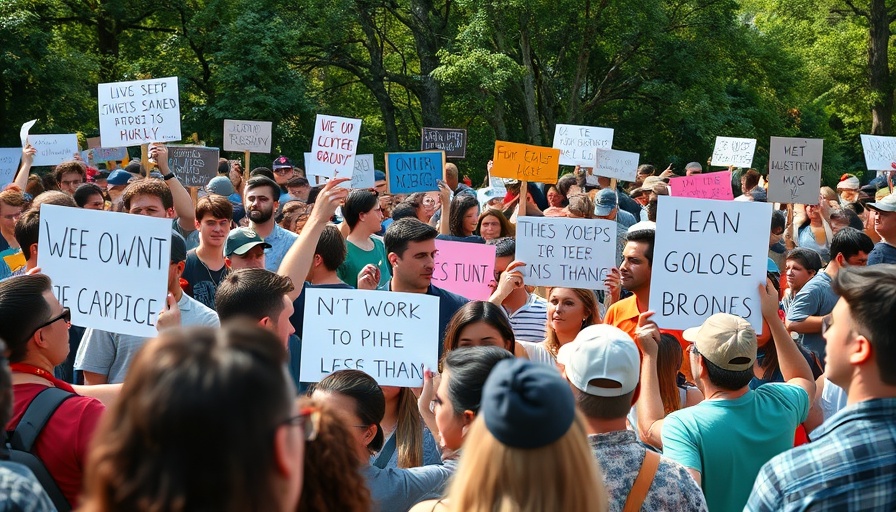
Executive Changes Shake Up the Healthcare Landscape
This August has been an eventful month for the healthcare sector as a wave of executive hires, exits, and layoffs alters the industry's leadership dynamics. Notably, at eMed, the telehealth and at-home testing platform, Linda Yaccarino has taken the helm as the new CEO. With a background at NBCUniversal Media, Yaccarino’s leadership is anticipated to steer eMed through the evolving landscape of digital health.
Transforming Organizations: High-Profile Appointments
Moreover, the pharmaceutical technology startup Nuvem is expanding its executive breadth, welcoming three C-suite leaders including Jim Garretson, who will serve as Chief Product Officer. This move signifies Nuvem’s commitment to enhancing its technology solutions, which is essential as competitive pressures increase in the healthcare technology sector.
Layoffs and Strategic Shifts: A Dual Narrative
In stark contrast to these leadership appointments, the month also saw significant layoffs, notably at BioNTech and Emory Healthcare. Such reductions are not merely numbers but reflect broader trends and challenges within the healthcare ecosystem that organizations are grappling with as they adjust to financial pressures and market expectations.
Embracing Innovation Amidst Change
As healthcare evolves, companies are increasingly looking to innovate, which is evident from OpenAI’s strategic hires, aiming to bolster its healthcare division with expertise from co-founders of notable health tech initiatives. The combination of innovative leadership and a focus on cutting-edge solutions is vital as the sector faces mounting pressures to deliver value amidst ongoing health crises.
The Future of Healthcare Leadership
As executive changes continue to unfold, the healthcare industry stands at a crossroads. With leaders from diverse backgrounds stepping into critical roles, their strategies will significantly shape the future of healthcare delivery and technology integration. Observers and stakeholders must remain vigilant about these leadership shifts as they can offer insights into the industry's trajectory.
 Add Row
Add Row  Add
Add 




Write A Comment